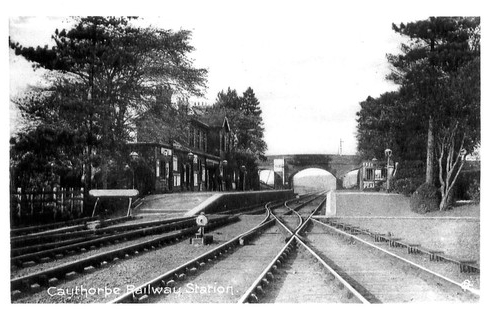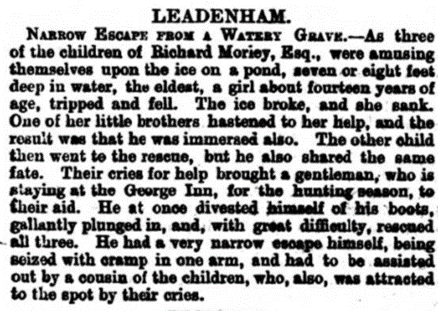How did people in local villages get about in 1873? Roads Apart from the A1, the local road network in the 1870s wasn’t that different to today. Originally, they’d been maintained by each parish, but the 1862 Highways Act had transferred the responsibility for most roads to the County Surveyor. Roads would have been made using (to some degree) Macadam techniques, such as medium-sized stones at the bottom and smaller stones on top. They’d be dusty in dry weather as they wouldn’t have been sealed with tar (tar-macadam, i.e. ‘tarmac’) until the 20th century. People without their own horse would have relied on the railway (see below) or local carriers. The latter were men with horse-drawn wagons who provided a regular service, usually just on market days, from the villages to the towns, and then back later the same day. A better service than many villages enjoy today; and they always dropped off and collected at a pub! In 1873 the carriers to/from Grantham (and their drop off point) included: Barkston – Mr Shelbourn (Saturdays, Fox & Hounds) Brant Broughton– Mr Peck (Saturdays, Fox & Hounds) Caythorpe – Mr Codd (Saturdays, Blue Pig) / Mr Baker (Daily, Angel and Royal) […]
Events
We had a look for what was happening in the area in January 1873, 150 years ago. This story appeared in the Grantham Journal on 1st Feb 1873. Richard Morley (1818-1897) was a farmer, living at the Old Hall in Leadenham. He was also the steward for Colonel Reeve of Leadenham House. Richard and his wife Anne had 9 children. Their 14-year-old daughter in the story was Mary Gertrude Morley, born in Bassingham in 1858. She did not marry, but became a self-employed midwife, qualifying with the London Obstetrical Society in 1899 and the Midwives Roll 5 years later. On the 1901 census she was looking after the wife of a Tynemouth shipowner. In 1911 she was caring for a vicar’s baby in London. She retired to Bede House, a block of 1930s apartments on Putney Hill, London. She died in Putney in 1948, aged 90.

